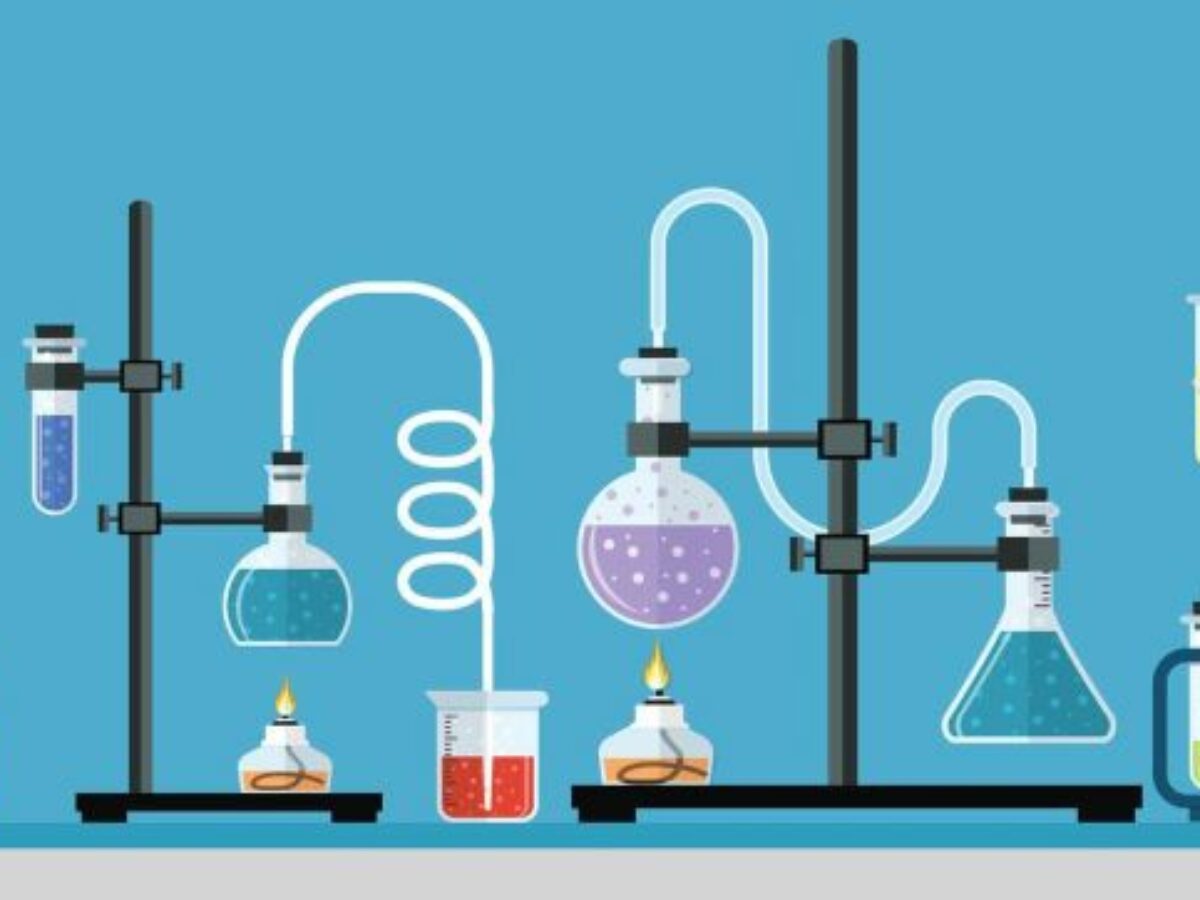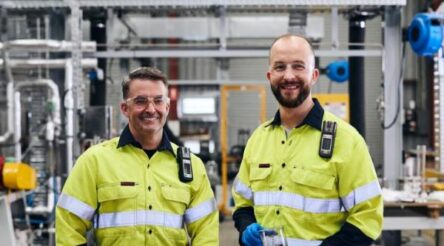Innovation in business fell during pandemic

The number of Australian innovating Australian businesses fell in the two years ended 30 June 2021, according to new data released by the Australian Bureau of Statistics.
Australia’s core innovation indicators – innovation-active businesses and innovating businesses – were 52 per cent and 45 percent of all businesses respectively.
Of the innovation-active businesses, 36 percent collaborated and/or had a fee-for-service arrangement for innovation.
And 24 percent of innovation-active businesses collaborated for innovation.
An innovating business is one that introduced any type of innovation such as any new good, service and/or process during a two years, while an innovation-active business is a wider measure that includes innovation which was still in development or which was abandoned during the two years.
Of manufacturing businesses, 60 percent were innovation active, the third highest sector measured.
In the two years, 22 percent of businesses introduced new products or services, while 40 percent introduced new processes.
The ABS data, reported in Innovation in Australian Business 2020-21, found that an increase in the proportion of small businesses employing four people or less in the business community was a factor in the fall in measured innovating companies.
The proportion of the the business population with 0-4 persons employed increased by three percentage points from 2019-20, from 65 percent to 68 percent.
ABS said: “Businesses in this cohort were the least likely to innovate, therefore the increased share of these businesses in the population has had a dampening impact on the core innovation estimates.”
Covid-19 had an impact also, as it has done in all studies of business activity.
ABS said: “Anecdotal information indicates that many businesses shifted their resources away from innovative activities to core operations because of the impact on business operating conditions due to the Covid-19 pandemic.
“This was particularly evident in businesses with 0-4 employees and 5-19 employees.”
These findings are supported by information published in ABS’s Business Conditions and Sentiments survey, February 21, which highlights external, supply and demand and financial factors having impacted business activity.
Overall, lack of access to funds and lack of skiled people were the biggest barriers to innovation.
More in formation here.
Picture: utas.edu.au
Subscribe to our free @AuManufacturing newsletter here.
Topics Manufacturing News
@aumanufacturing Sections
Analysis and Commentary Awards Defence Manufacturing News Podcast Technology Videos










